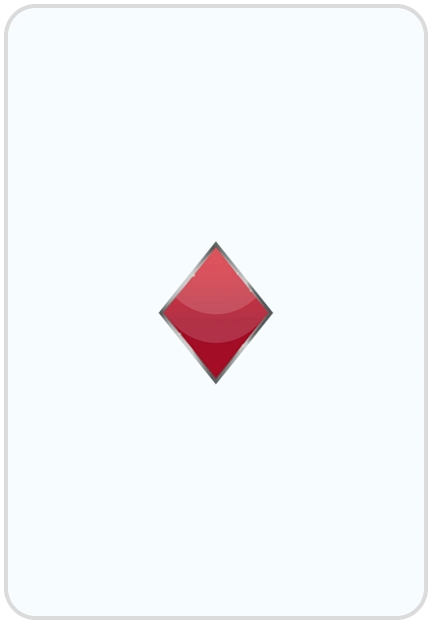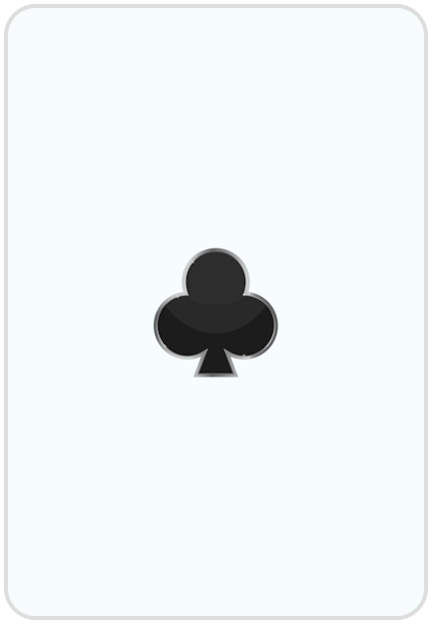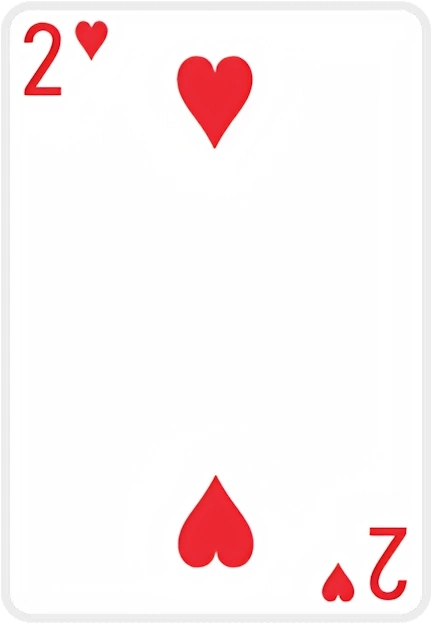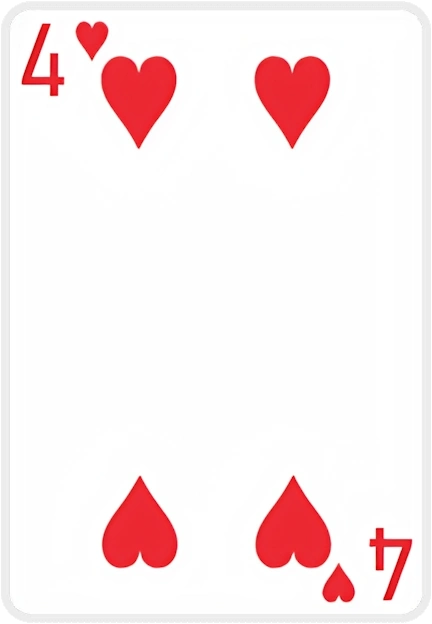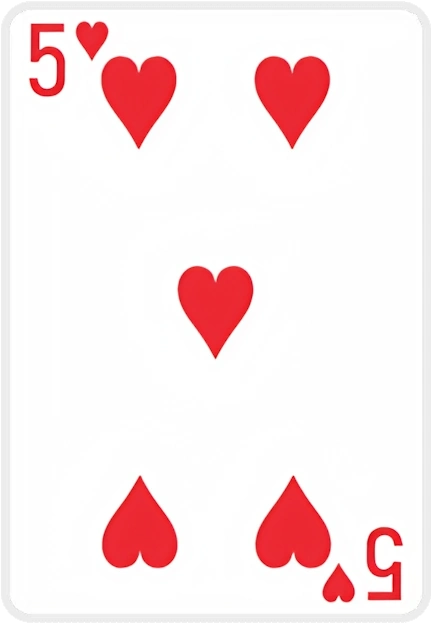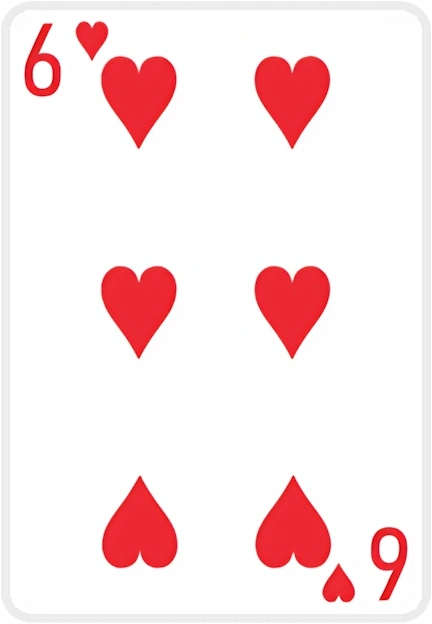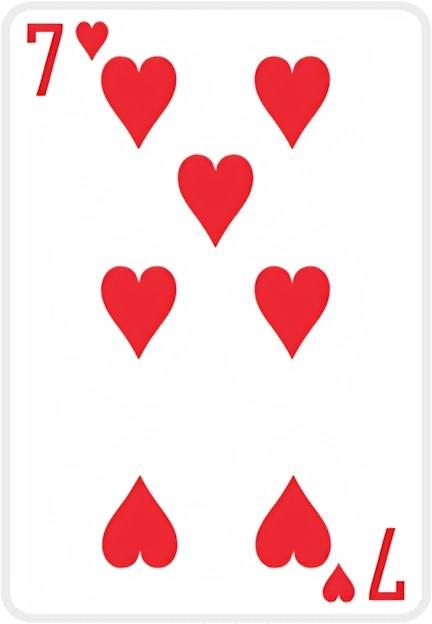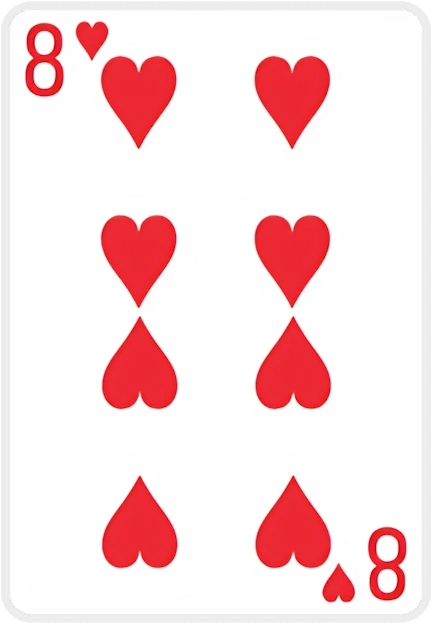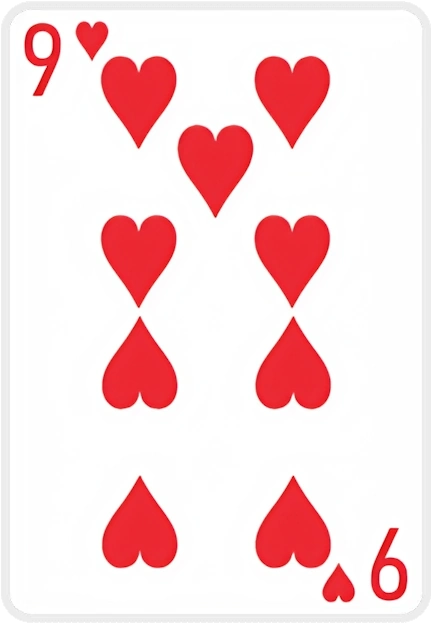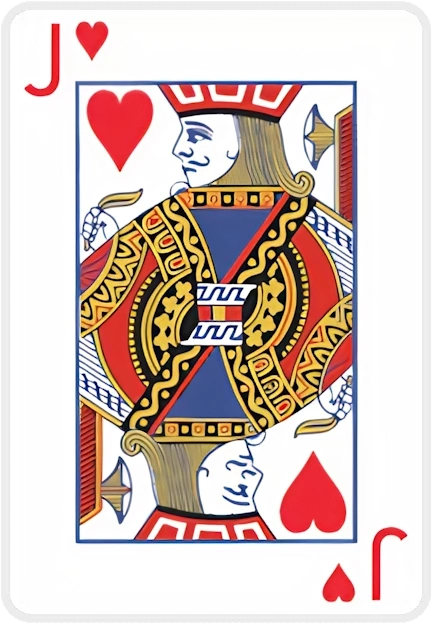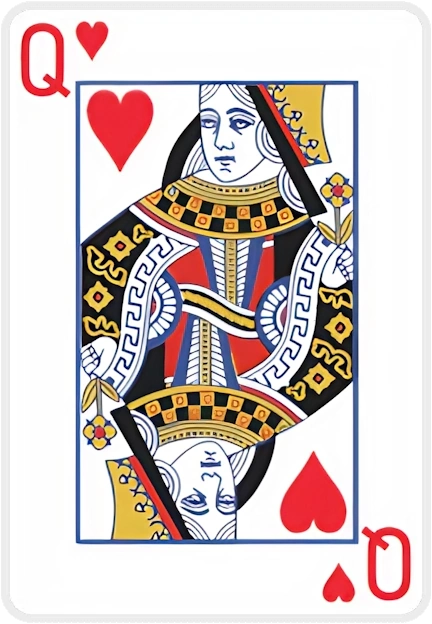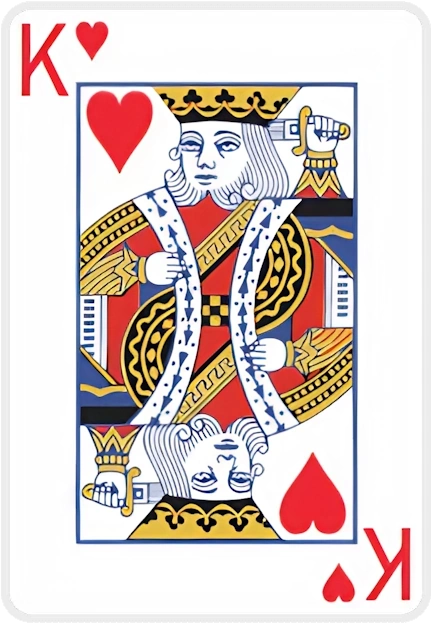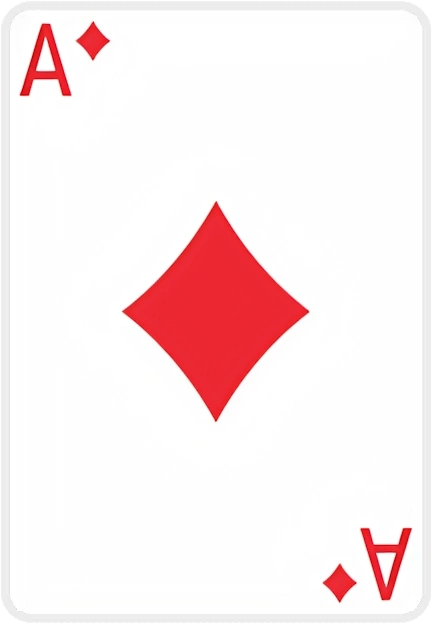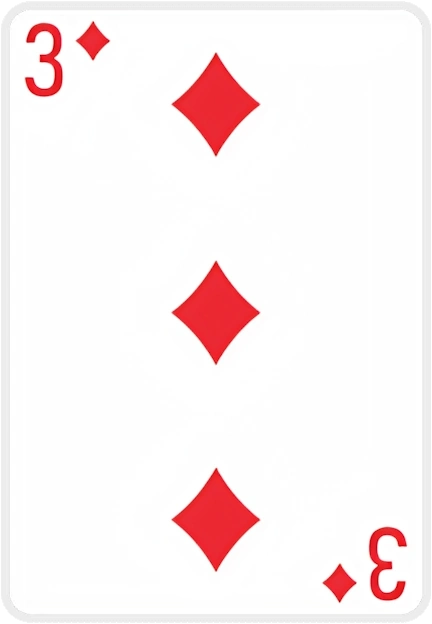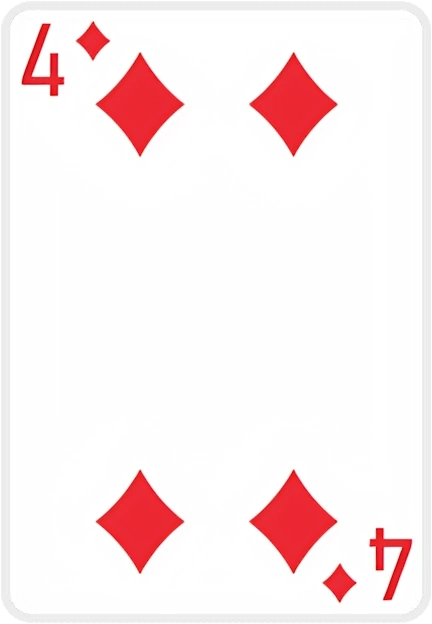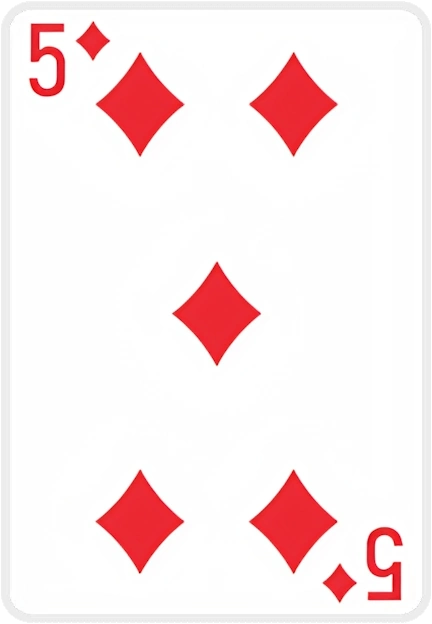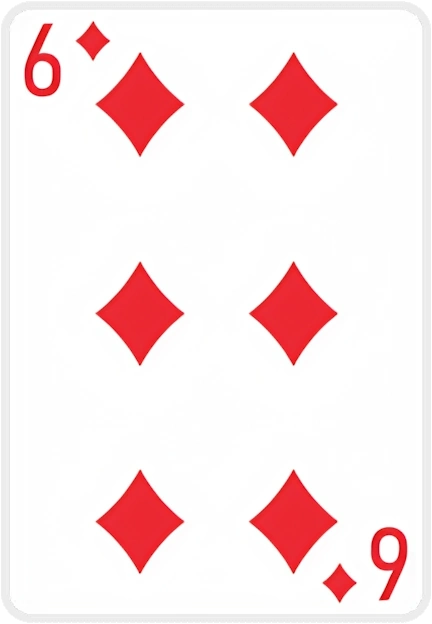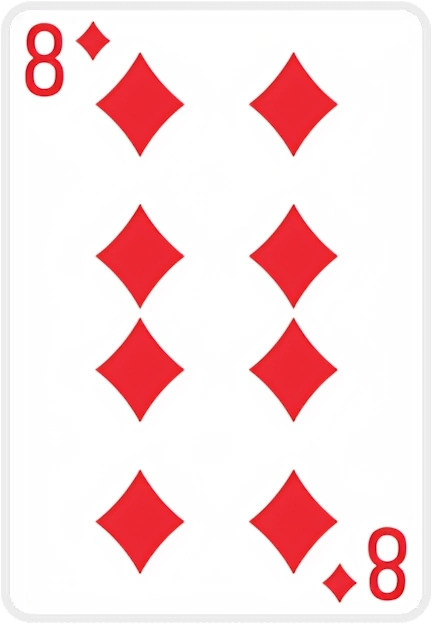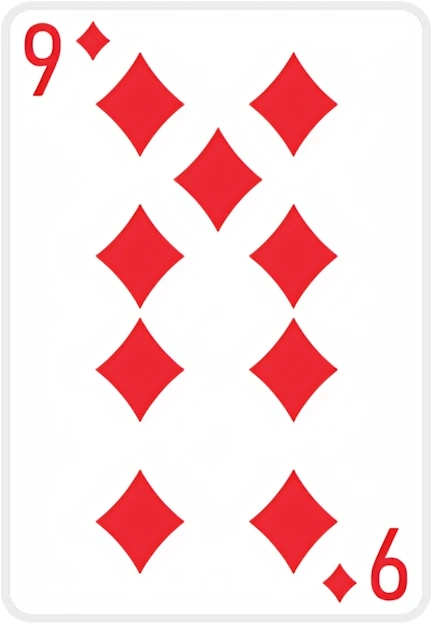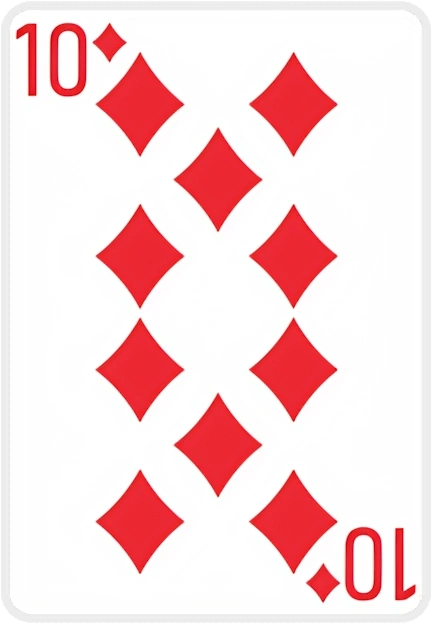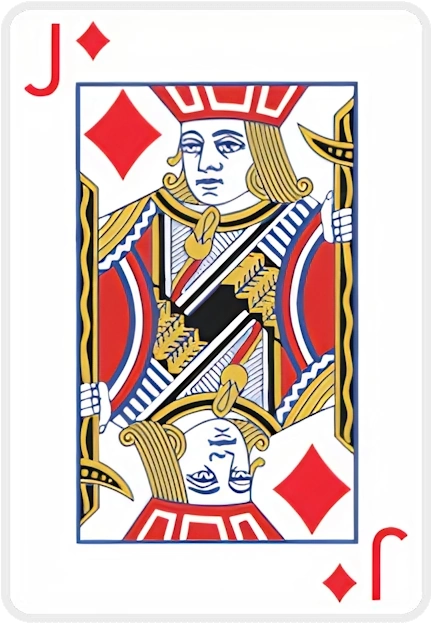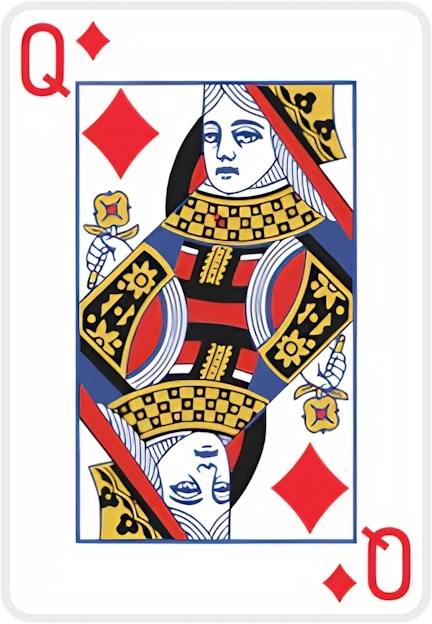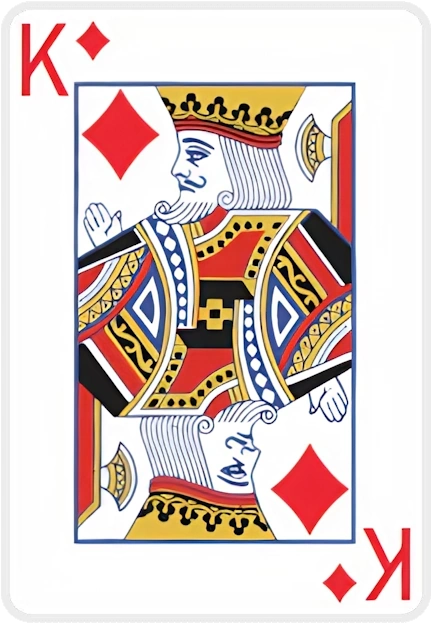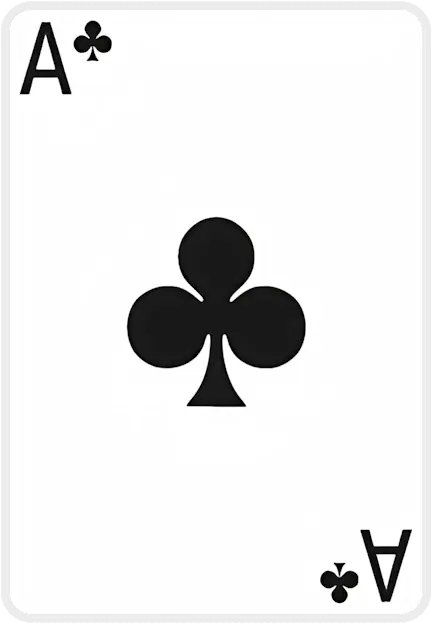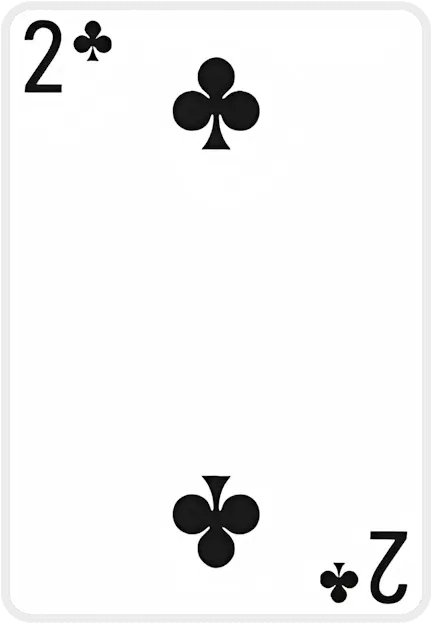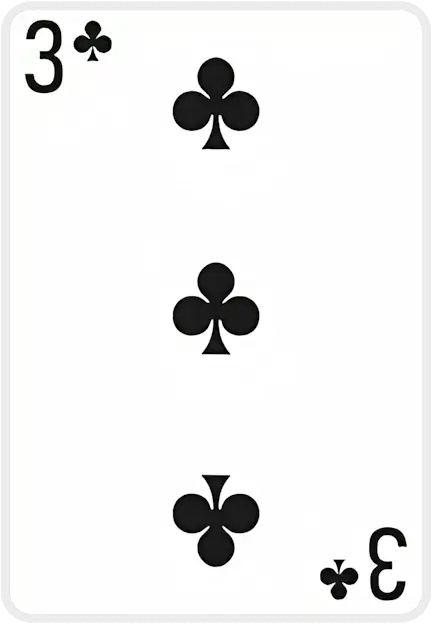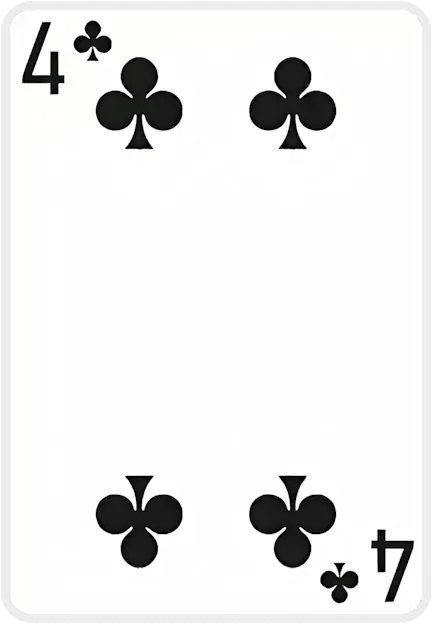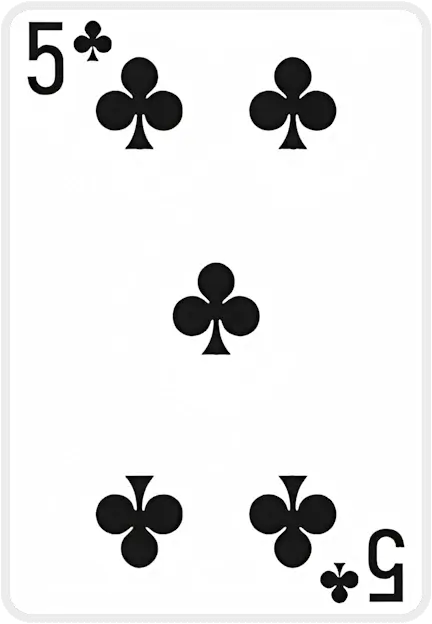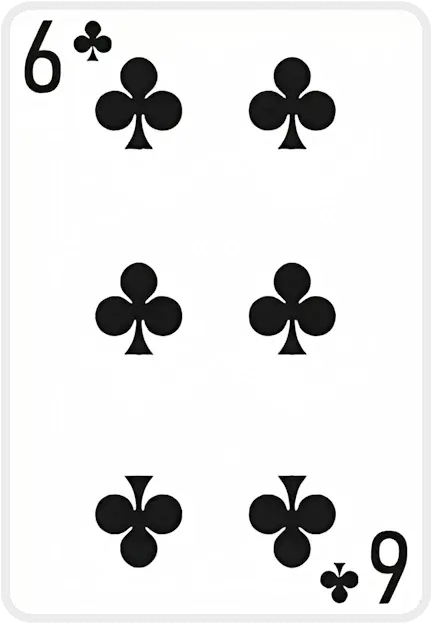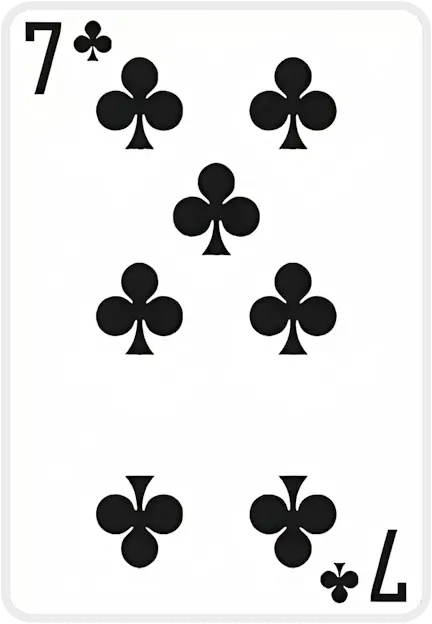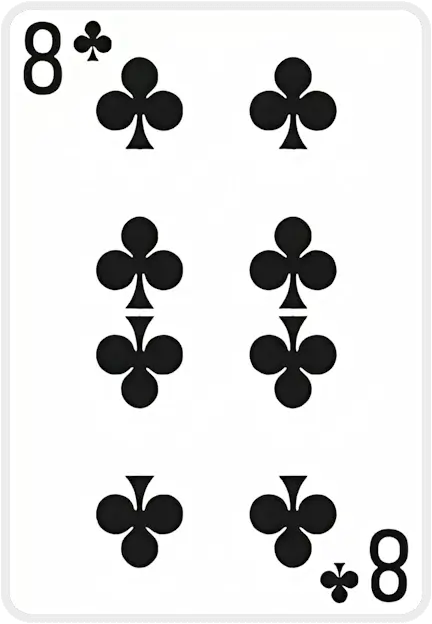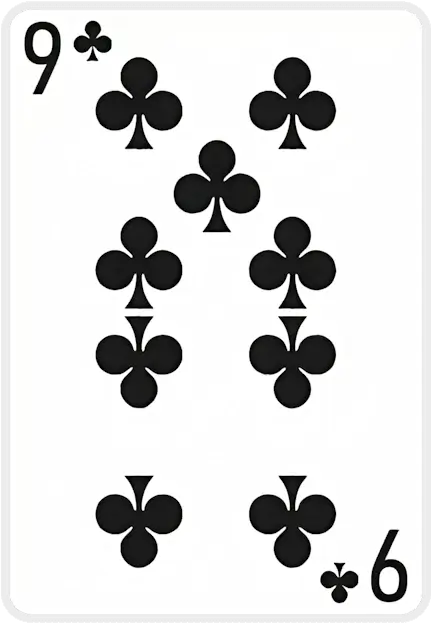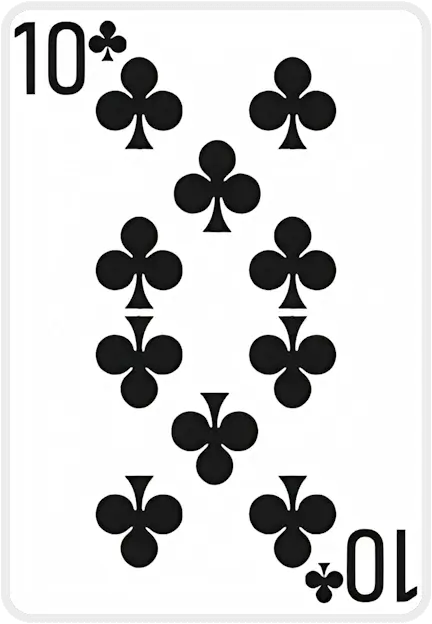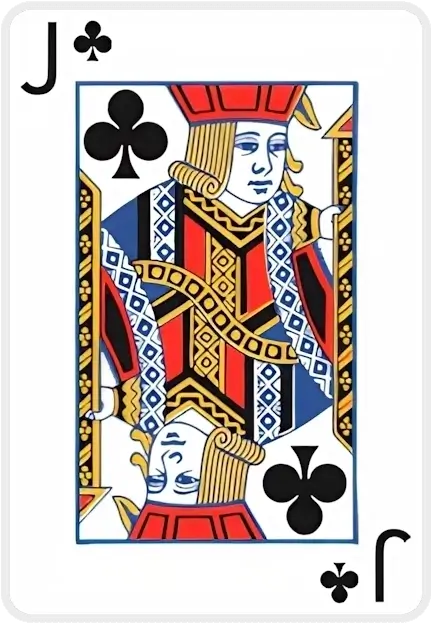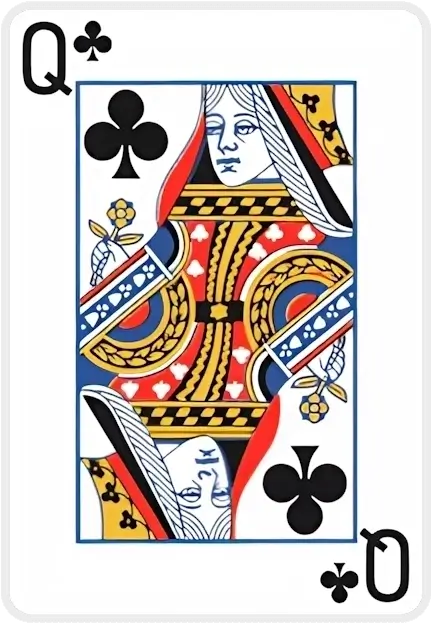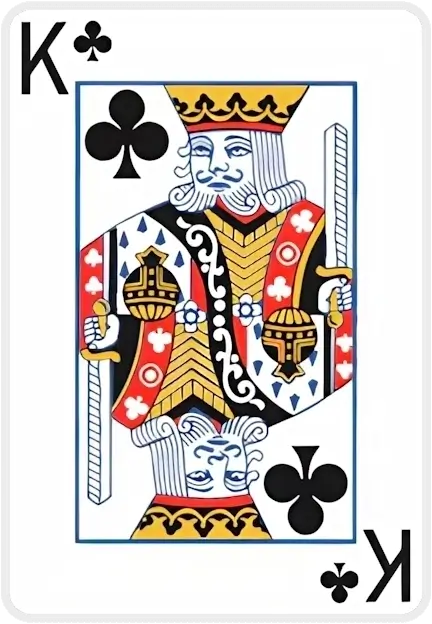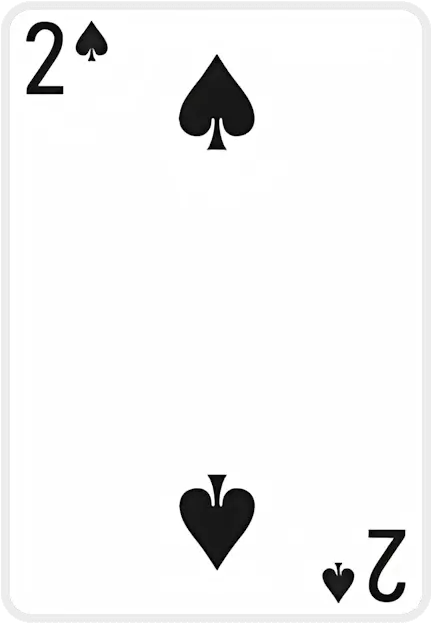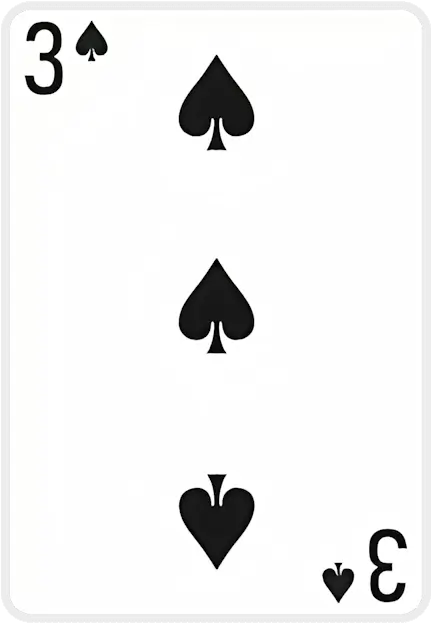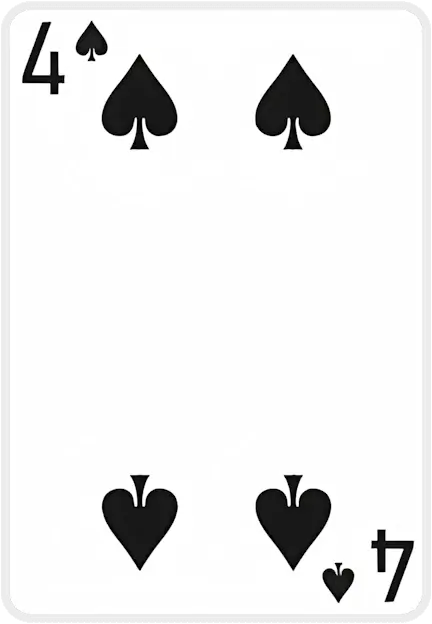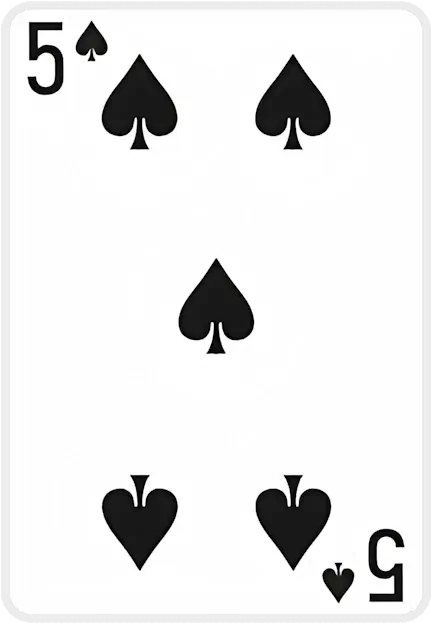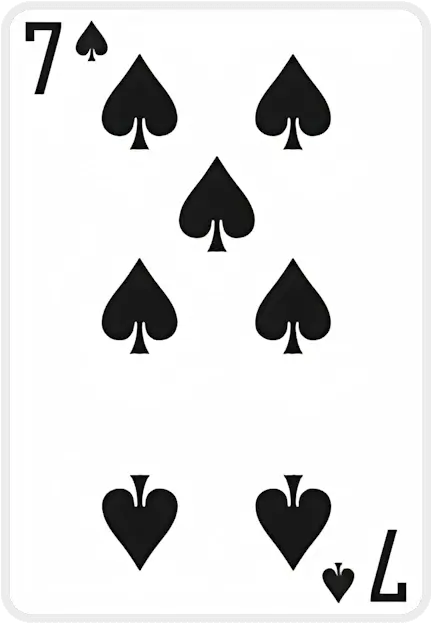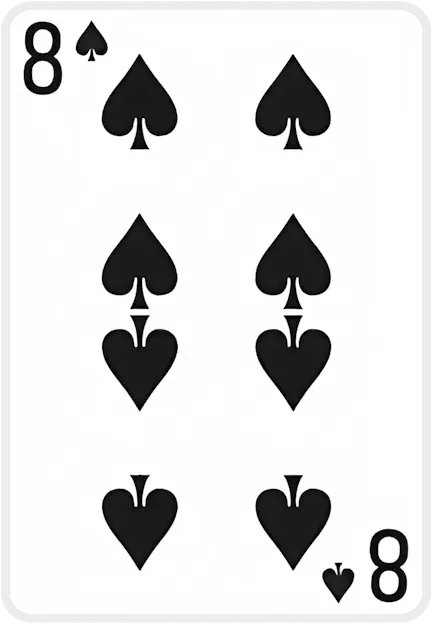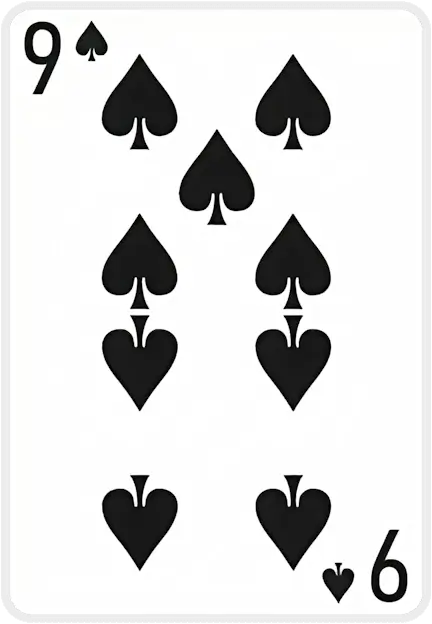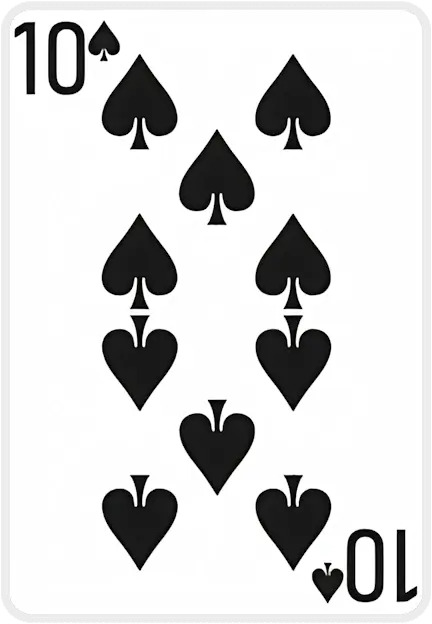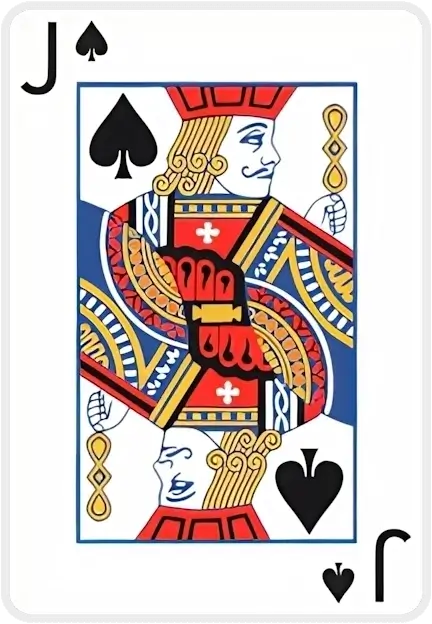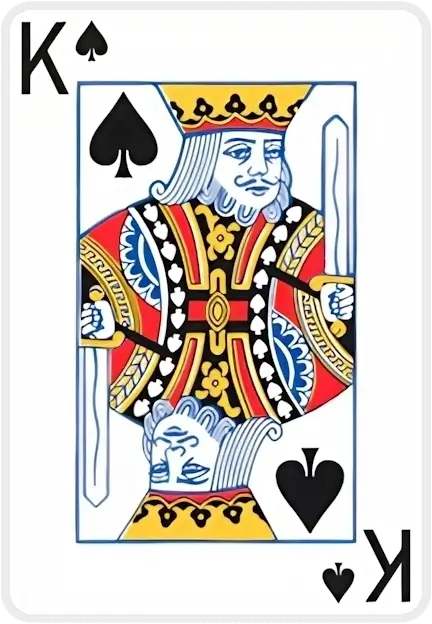Cannot drop, your card needs to be of an opposite suit colour
Cannot drop, your card needs to be one rank lower
Cannot move multiple cards to foundation
Card suit doesn't match foundation pile suit
Card can only be dropped on top of a card pile
Cannot deal cards when there are empty tableau piles
You can only move {0} card(s) at a time based on the current free cells and tableau
The cards don't add up to 13 and cannot be moved
The card is inaccessible and move cannot be performed
Cards must be in sequential order (one higher or lower)
Thieves Of Egypt Solitaire

Thieves of Egypt Solitaire
Introduction
Thieves of Egypt Solitaire features a distinctive pyramid-shaped tableau layout using two decks of cards, making it a unique member of the Forty Thieves Solitaire family. Thieves of Egypt is a popular variant of the classic Forty Thieves Solitaire that incorporates some Klondike-style rules (such as alternate-color sequencing and moving groups of cards), which makes it more accessible and easier to win than its predecessor. The goal remains familiar: move all the cards to eight foundation piles by building each foundation up in suit from Ace to King. This game can be played on both desktop and mobile devices, so you can enjoy it anywhere at your convenience.
How to Play Thieves of Egypt
- Objective: Move all 104 cards (two decks) to the eight foundation piles, building each foundation up by suit from Ace through King.
- Layout: Ten tableau piles (the columns in the play area) are dealt in a pyramid shape using 55 cards: 1 card to the first pile, 3 to the second, 5 to the third, 7 to the fourth, 9 to the fifth, 10 to the sixth, then 8 to the seventh, 6 to the eighth, 4 to the ninth, and 2 to the tenth. All these cards are face-up. The remaining 49 cards form a face-down stock pile. At the start, the eight foundation piles and the waste pile are empty.
- Tableau Rules: You can build on tableau piles in descending rank, alternating colors (red on black, black on red). You may move a single card or a properly ordered sequence of cards as a unit, as long as they follow the descending alternating-color pattern. If a tableau column becomes empty, only a King (or a sequence starting with a King) can be placed in that space.
- Stock & Waste: When no more moves are available on the tableau, draw from the stock. Flip one card at a time from the stock onto the waste pile. The top card of the waste is always available to play onto a tableau pile or a foundation. Redeal: You are allowed one redeal in Thieves of Egypt. This means if you exhaust the stock, you may take all cards from the waste pile and turn them face-down to form a new stock once. (After using the one redeal, no further resets are allowed.)
Tips & Strategies for Winning
- Flip the stock early: At the very start of the game, turn over the first stock card to the waste. Revealing one card immediately increases the range of possible moves you can make in the beginning.
- Establish foundations ASAP: Always play Aces (and even Twos) to the foundations as soon as they become available – there’s no benefit in leaving those low cards in the tableau. Try to begin building at least one foundation pile in each suit early on, as this gives you more options to clear other cards.
- Clear columns for Kings: Free up entire tableau columns when possible to create empty spots for Kings. An empty column is very powerful because you can only place a King (or a King-led sequence) there. Move Kings that are blocking lower cards into empty columns to free those hidden cards. (Tip: Don’t clear a column unless you actually have a King ready to occupy that space, to avoid wasting an empty slot.)*
- Prioritize low cards: Focus on uncovering and freeing lower-ranked cards whenever you have a choice. In other words, avoid piling a higher card onto a lower one if that lower card is needed – you don’t want to trap an important card. Try to keep smaller cards accessible so they can be moved to the foundations promptly.
- Use the stock wisely: Because you only get two passes through the stock (the initial run plus one redeal), be strategic with the waste pile. It’s not always best to play every card from the waste at the first opportunity – sometimes holding off on playing a waste card during the first pass can lead to a better move becoming available later. Plan your stock usage so that critical cards don’t get stranded in the waste after the final deal.
History and Background
Forty Thieves Solitaire is a classic two-deck patience game (also known as Napoleon at St. Helena), and it’s famously one of the more challenging solitaire games to win. The name "Forty Thieves" likely comes from the Ali Baba folk tale – a reference to the 40 cards dealt into the ten starting columns. In its strict original form, even with good play the win rate of Forty Thieves is very low, so over time many variants have been developed to make the game easier or more interesting.
Thieves of Egypt is one of these modern variants, designed to alleviate the difficulty of the original Forty Thieves. In fact, it was invented by Thomas Warfield, a well-known solitaire game designer, as a creative twist on the Forty Thieves formula. This variant gets its name and theme from its pyramid-shaped deal of cards, which evokes the pyramids of Egypt and sets it apart from the standard even columns of its parent game. Thieves of Egypt also borrows more forgiving rules from Klondike (like alternate-color tableau building and moving sequences of cards), greatly improving the odds of winning compared to classic Forty Thieves. Thanks to these innovations, Thieves of Egypt has become very popular among solitaire enthusiasts and is often included in solitaire collections on computers and mobile devices. Today, it is regarded as one of the most enjoyable Forty Thieves-style games for players who want a challenging yet fair solitaire experience.
Explore More Forty Thieves Variants
If you enjoy Thieves of Egypt Solitaire, you might also love other games in the Forty Thieves Solitaire family. There are many variants that offer different twists on the classic rules – each with its own flavor and challenge. Be sure to check out our collection of free Forty Thieves solitaire games to discover more fun variants and continue your card-stacking adventure!
Happy solitairing! 🎴
Case Studies
All figures below come directly from our database. Using first-party data ensures every insight is evidence-based, up-to-date, and privacy-respectful.
| Game Tier | Stand-out Titles | Win Rate |
|---|---|---|
| Quick Wins | Spider (1 Suit), Hole-in-One, TriPeaks | 70–84% |
| Fair Challenges | Solitaire (Draw 1) – 913 k plays FreeCell, Golf |
45–63% |
| Expert-Level | Spider (4 Suits), Forty Thieves, Double Scorpion | ≤11% |
Curious which moves turn the odds in your favor? Explore all the data & strategies →
What people say about us
Interview with Beverley Walker-Daury
At 87, Beverley Walker-Daury shares how SolitaireX brings joy, companionship, and purpose to her days in a retirement home.
Player Interview: Poul Andersen
Poul Andersen shares how playing SolitaireX helps him keep his brain sharp and active.
Player Interview: Peter Gross
Peter Gross, 81, shares how SolitaireX became his go-to place for relaxing Freecell games and friendly competition.
Player Spotlight: St0Sh0’s Record-Breaking Runs on SolitaireX
We sit down with speed-solitaire sensation St0Sh0 to talk record times, favorite variants, and why SolitaireX is his go-to card-game hub.
Fresh from the SolitaireX Blog

Sharpen Your Mind (and Enjoy It): Solitaire, Sudoku & Mahjong for Everyday Brain Fitness
Short puzzle sessions with solitaire, sudoku, and mahjong can sharpen focus, support memory, and ease stress. These timeless games turn everyday breaks into light but powerful brain workouts.

Track Your Spider Solitaire Progress: Build Your Own Win-Rate System
This article is the final part of a Spider Solitaire mastery series, focusing on how to track your games and build a personal win-rate system. By logging key metrics, spotting patterns, and reflecting on notes, it shows how players can turn simple records into powerful insights that boost skill, confidence, and long-term enjoyment.

Spider Solitaire Strategy Deep Dive: From Mixed Runs to Clean Wins
This article is a deep-dive strategy guide for Spider Solitaire (Part 2) aimed at intermediate and advanced players. It builds on the basics from Part 1 and focuses on how to turn messy mid-game layouts into structured, winnable positions.

Solitaire Variations Glossary: Essential Terms by Gameplay Category
Explore the ultimate glossary of solitaire terms and concepts, explained in clear and simple language. From tableau, foundations, and free cells to popular solitaire variations like Klondike, Spider, FreeCell, Pyramid, and TriPeaks, this guide helps beginners and enthusiasts understand the rules, moves, and key strategies of solitaire.
Latest guides crafted by Stoyan Shopov and Kalin Nikolov
Golf Solitaire Mastery: Strategy, Stats & Flow
Deal 7 columns of 5 face‑up cards (35 total). The remaining 17 cards*form the stock; flip the first stock card to start the waste. You may move only exposed tableau cards, and only if the rank is exactly one higher or lower than the waste top. Suits don’t matter. When no move exists, flip a new waste card. Clear all tableau cards to win.
TriPeaks Solitaire Mastery: Strategy & Analytics
Two peaks are dust; one stubborn ridge remains. Your waste shows a 9. The tableau flashes 10‑J‑10‑9‑8 like a heartbeat. You nudge the 10, feel the cadence lock in, and—without overthinking—trace a neat descent that crumbles the last peak. That tiny spark of *flow* is why TriPeaks hooks serious players: rhythm, restraint, and the rush of a run that arrives exactly on time.
Pyramid Solitaire Mastery: Strategy, Stats & Joy
Picture the pyramid down to its last stubborn tier: a Queen pinned beneath a ridge, a lone Ace on the waste, and a King begging to be burned for tempo. Heartbeat, breath, click—then the whole structure yields in a rush. If you’ve hit that razor‑edge finale, you already know Pyramid’s secret: small decisions, made in the right order, change everything.
FreeCell Solitaire Mastery: Strategy & Analytics Guide
I have a 15 years personal, lived experience—picture a scene built from thousands of session logs and notes from serious players: It’s late, and the board looks jammed. You clear a single column, free one cell, and suddenly a 9♣‑8♦‑7♣‑6♦ chain glides into place, untying the knot you stared at for ten minutes. The rush isn’t luck—it’s the quiet pleasure of a plan snapping into focus. When did FreeCell last feel less like “killing time” and more like practicing a craft you can actually master?
Media About Us
Research: What Tech Do Senior Solitaire Players Use? A Data‑Rich Look
hashnode.dev
How SolitaireX.io Powers Seeded Deals and Replays Across 70 Solitaire Variations
dev.to

How: Modern Libraries with Classic Games
Browser Based Online Game Directory

SolitaireX.io has been featured on bbogd.com, where players worldwide find Browser Based Online Games
0



